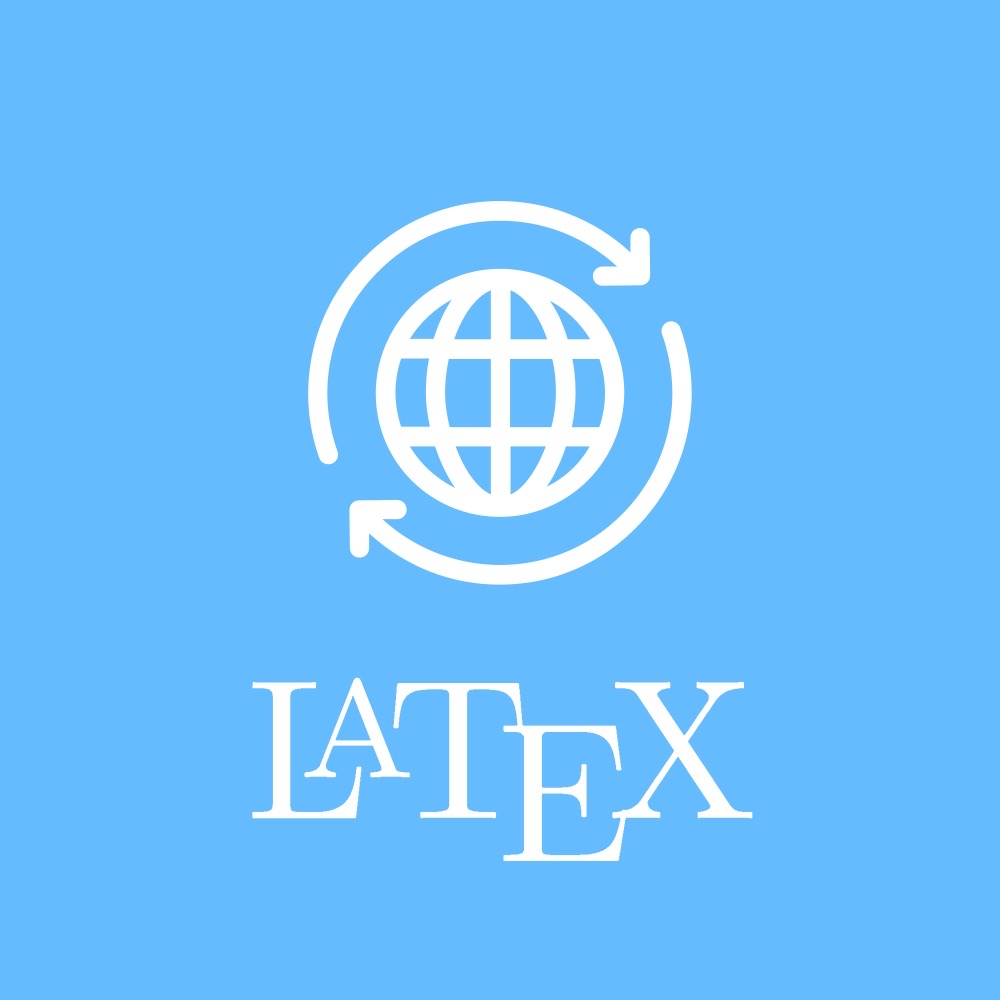If you see this, something is wrong
Collapse and expand sections
To get acquainted with the document, the best thing to do is to select the "Collapse all sections" item from the "View" menu. This will leave visible only the titles of the top-level sections.
Clicking on a section title toggles the visibility of the section content. If you have collapsed all of the sections, this will let you discover the document progressively, from the top-level sections to the lower-level ones.
Cross-references and related material
Generally speaking, anything that is blue is clickable.
Clicking on a reference link (like an equation number, for instance) will display the reference as close as possible, without breaking the layout. Clicking on the displayed content or on the reference link hides the content. This is recursive: if the content includes a reference, clicking on it will have the same effect. These "links" are not necessarily numbers, as it is possible in LaTeX2Web to use full text for a reference.
Clicking on a bibliographical reference (i.e., a number within brackets) will display the reference.
Speech bubbles indicate a footnote. Click on the bubble to reveal the footnote (there is no page in a web document, so footnotes are placed inside the text flow). Acronyms work the same way as footnotes, except that you have the acronym instead of the speech bubble.
Discussions
By default, discussions are open in a document. Click on the discussion button below to reveal the discussion thread. However, you must be registered to participate in the discussion.
If a thread has been initialized, you can reply to it. Any modification to any comment, or a reply to it, in the discussion is signified by email to the owner of the document and to the author of the comment.
Table of contents
First published on Wednesday, Aug 27, 2025 and last modified on Thursday, Sep 11, 2025 by François Chaplais.
I am normally hidden by the status bar
1 Introduction
Theorems a strong statements that the author set aside for reference. There is no “theorem” environment as such. Instead, they are defined by the author. This is the opportunity to talk about the various parts of a LaTeX document and of its customization.
2 The structure of a LaTeX document
There are two parts in a LaTeX documents: the preamble and the body of the document itself. Let us begin with the simplest part: the document body.
Actually, the document body is inside a LaTeX environment that is named document. Anything between the opening and closing statements of the document environment is the content of the document.
The preamble is what precedes the document body. The structure of a LaTeX source code is the following.
... preamble ...
\begin{document}
... document content ...
\end{document}The preamble is where you configure your document. This is the right place to declare a theorem type.
3 Declaring a theorem type
To declare a theorem class, use the following command in the preamble.
\newtheorem{internal name}{public name}In this lesson, we declare the summary theorem type as follows.
\newtheorem{summary}{Summary}4 Declaring a theorem
With the previous definition, summary is a legitimate LaTeX environment. Moreover, it is quite versatile and can include objects of terminal type, as well as, well, quite about anything except very, very general objects. Web sliders (or slide shows) cannot be put inside theorems because, in fact, it makes sense to incorporate a theorem into a slide show.
To create a summary, we use the following construction.
\begin{summary}
... summary content ...
\end{summary}5 Example
Next is a summary of this lesson.
Summary 1 (Theorems)
Theorems classes are declared in the preamble. Each theorem class has its own numbering. An optional parameter of the theorem opening statement lets you give it a specific name.
Theorems are useful to make stand out important parts of a document. This is a theorem.
Here is the code.
\begin{summary}[Theorems]
Theorems classes are declared in the preamble. Each theorem class has its own numbering. An optional parameter of the theorem opening statement lets you give it a specific name.
Theorems are useful to make stand out important parts of a document. This is a theorem.
\end{summary}